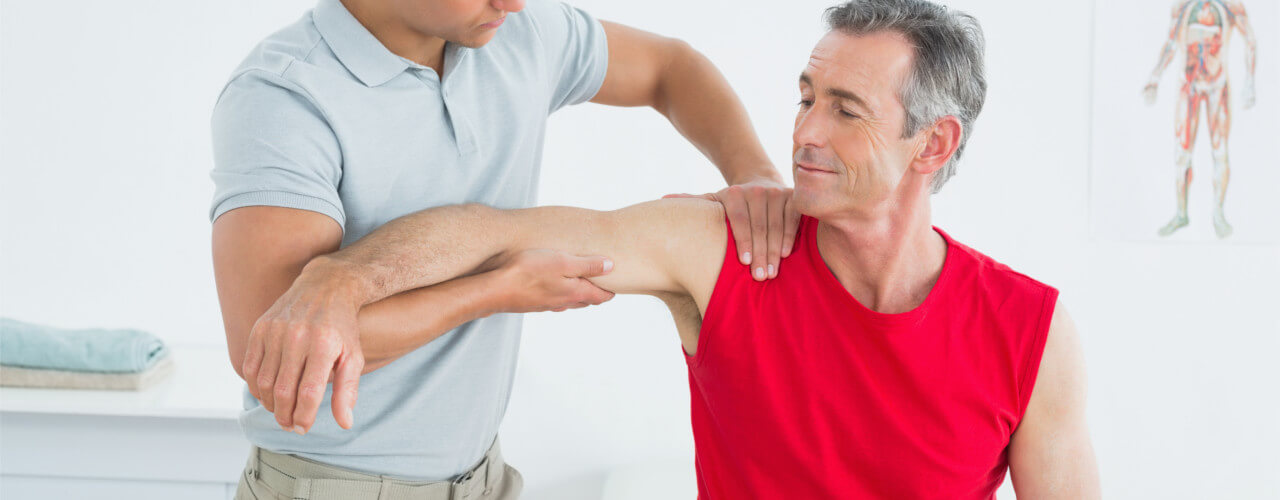Laser therapy is a clinically-proven treatment modality for managing pain, inflammation and for promoting tissue-repair in the musculoskeletal system.
Some of the conditions treated with laser therapy are:
Laser therapy is a clinically-proven treatment modality for managing pain, inflammation and for promoting tissue-repair in the musculoskeletal system.
Some of the conditions treated with laser therapy are:
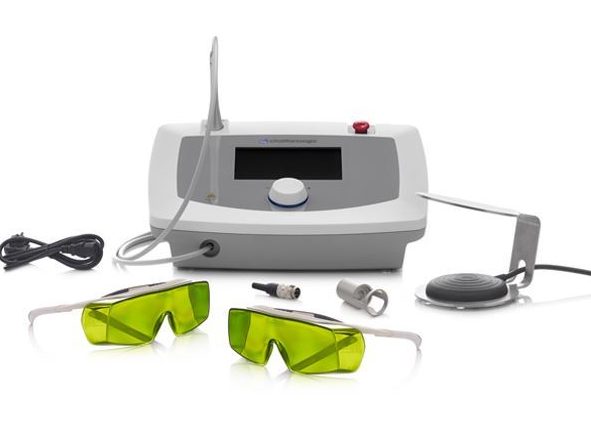
Instrument Assisted Soft Tissue Mobilisation (IASTM) is a technique that helps locate and treat soft tissue dysfunction. It is performed with ergonomically-designed instruments that allow the clinician to locate the fascial restrictions and allows him/her to treat the affected area with the appropriate amount of pressure.
IASTM is supplemented with exercises and additional treatments (modalities) to bring about full restoration.
IASTM is usually used to treat:
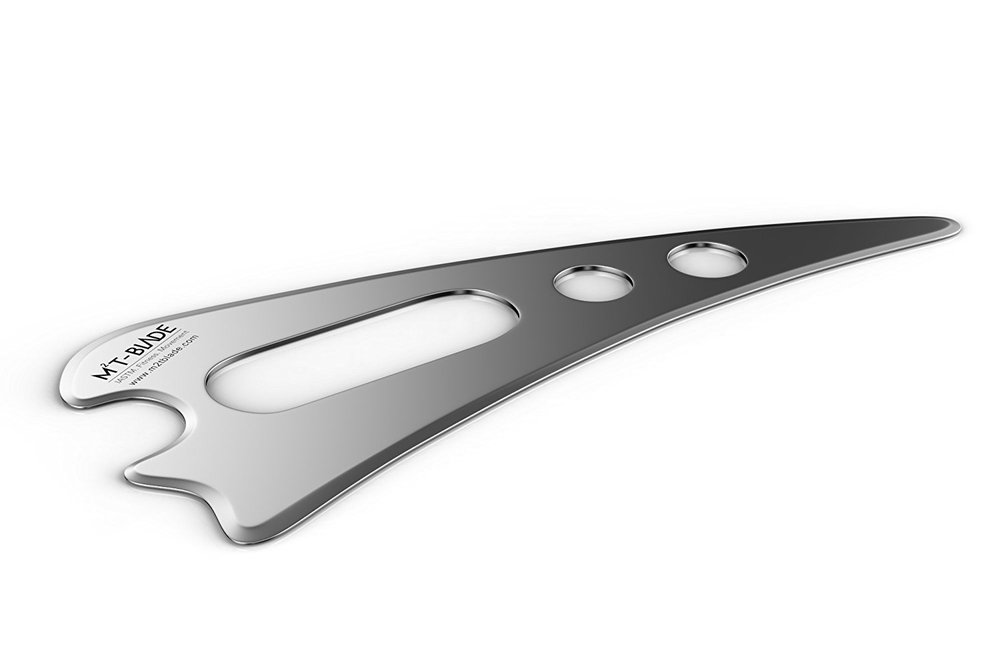
Using specialised devices designed to deliver customised levels of electrical stimulation to your body’s nerves, muscles, or tendons, trained physiotherapists can harness the power of electrotherapy to treat injuries, promote healing, and offer pain relief.
Jaya Physio Clinics is equipped with the most advanced electrotherapy equipment like:
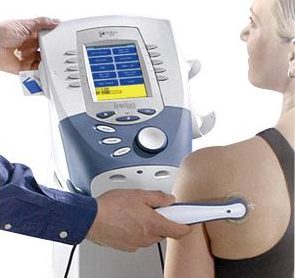
We all know that “ice” is the first choice of treatment after injury, as it helps in reducing pain and inflammation. When ice (“cryo”) is given along with compression, it is even more effective in addressing acute swelling and pain; hence, referred to as “cryocompression”.
Cryocompression promotes vasoconstriction and reduces blood flow, reduces inflammation and edema (swelling), decreases muscle spasms and metabolic demand, and safely relieves pain without narcotics. It is used immediately after acute injury/surgery, and as required thereafter.
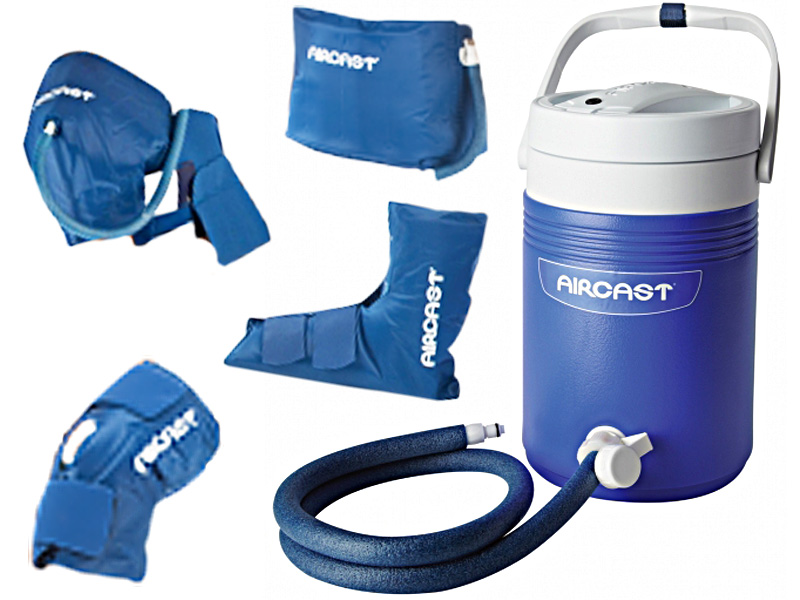
Visceral Manipulation (VM) is a gentle manual therapy technique that assesses the relationship between the body’s organs (e.g. bladder, bowel, uterus, etc) and other structures, like muscles, fascia, ligaments and joints.
The organs in our body have a certain range of movement that is normal, just like our joints. They need to move within a normal range, so we can function well.
The movement of an organ can be restricted by surgical scars, adhesions, infection, illness, poor posture or traumatic injury. A restriction prevents the normal “gliding and sliding” action of the organ over other structures within the body, creating an area of fixation. Our body learns to accommodate by moving around this area of tension, and over time, this repeated movement leads to chronic irritation and inflammation causing musculoskeletal, neural and visceral dysfunction.
Visceral Manipulation has been effective in the treatment of:
Dry needling is the use of thin monofilament needles inserted through the skin and into the muscle to relax painful myofascial trigger points. It releases the deepest tissue, and thereby, allows movement and reduces pain. Dry needling also helps in peripheral nerve stimulation. It is effective in both acute and chronic pain conditions.
Conditions commonly treated are:

Shockwave therapy is a multidisciplinary device used in orthopaedics, physiotherapy and sports medicine. Its main assets are quick pain-relief and mobility restoration. In addition to being a non-surgical therapy, there is no need for painkillers, thereby making it an ideal therapy to speed up recovery and cure various indications that cause acute or chronic pain, including:
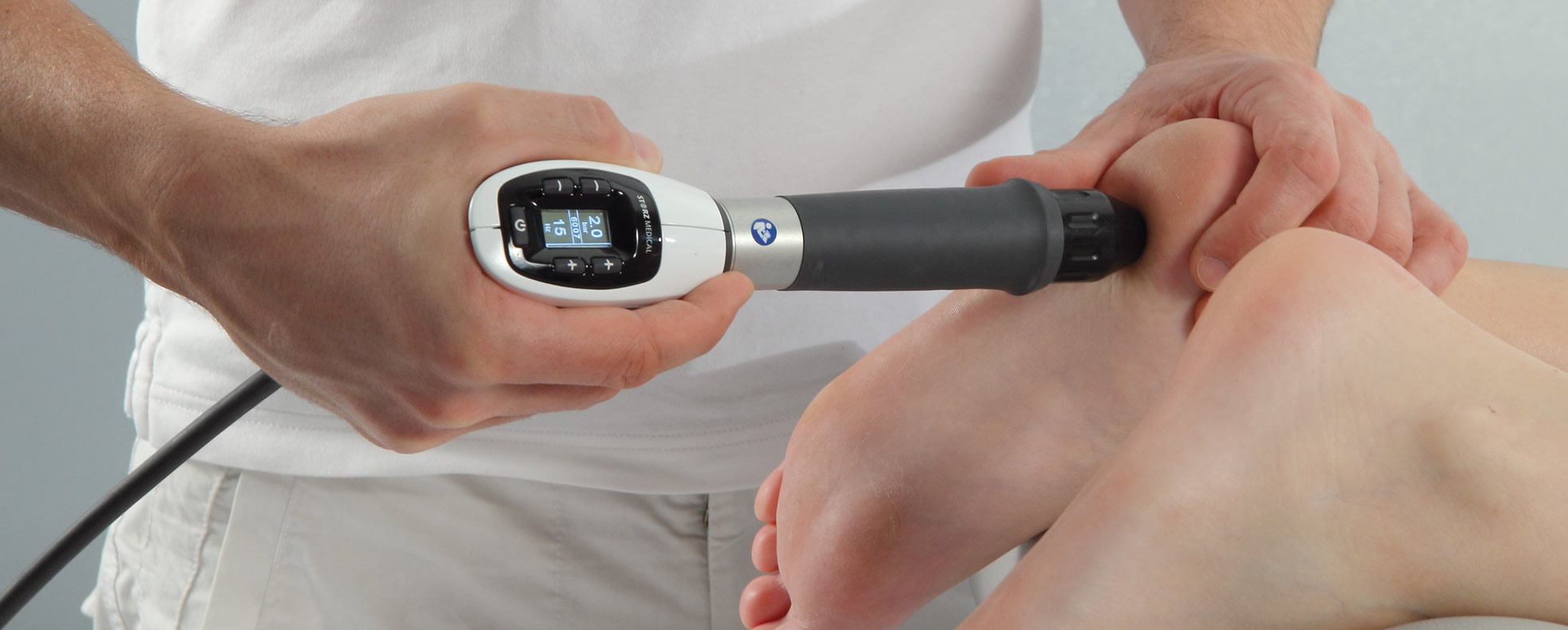
Spinal decompression therapy is FDA-cleared and has a high success rate for pain associated with herniated or bulging discs. It is a non-surgical, traction-based therapy for the relief of back- and leg pain/neck- and arm pain.
During this procedure, by cycling through distraction and relaxation phases and by proper positioning, a spinal disc can be isolated and placed under negative pressure, causing a vacuum effect within it. The vacuum allows the material that has protruded or herniated to be pulled back within the normal confines of the disc, and permit healing to occur.
Anyone who has back pain or neck pain caused in whole or in part by a damaged disc may be helped by spinal decompression therapy. These conditions include herniated, protruding or bulging discs, spinal stenosis, sciatica or radiculopathy (pinched nerves).
The treatments are completely painless. In fact, some patients fall asleep during the session. Our state of the art decompression table has the sEMG feedback module which digitally monitors patient comfort level.
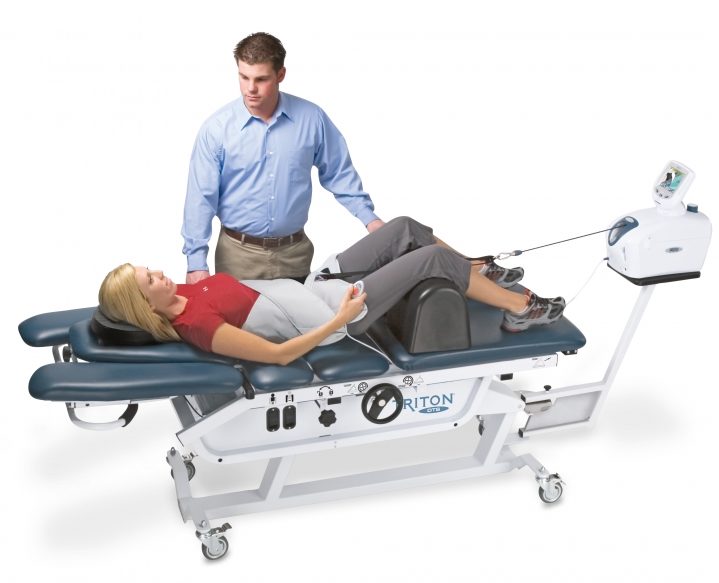
We all know that the body’s joints move and the muscles contract and stretch. But did you know that nerve tissue also needs to move freely? If your neural tissue is impeded, it would result in pain or restriction of the nerve’s movement.
“Neural Tension Treatment” would entail a series of neural tension tests which would identify:
With accurate assessment and treatment to the structure causing the adverse neural tension, a neurodynamics-trained physiotherapist would quickly be able to normalise your movement and provide nerve pain relief.
Common examples of structures that can impede a nerve’s movement include:
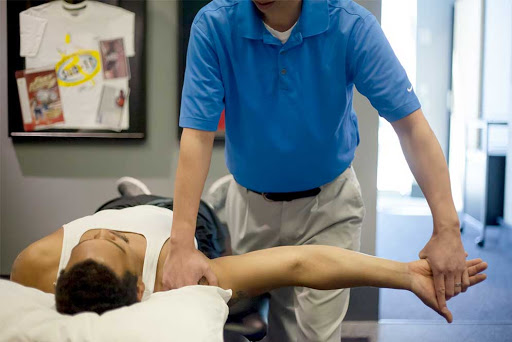
“Articular manipulation” or “joint manipulation” is a technique where high velocity thrust is delivered to the joint in order to gain range, reduce pain and also to re-align the joint. Manipulations also help in breaking the knots in the joint (adhesions), which are the primary cause of joint stiffness. The most common manipulation techniques are: Maitland’s, Kaltenborn, Cyriax, etc.
